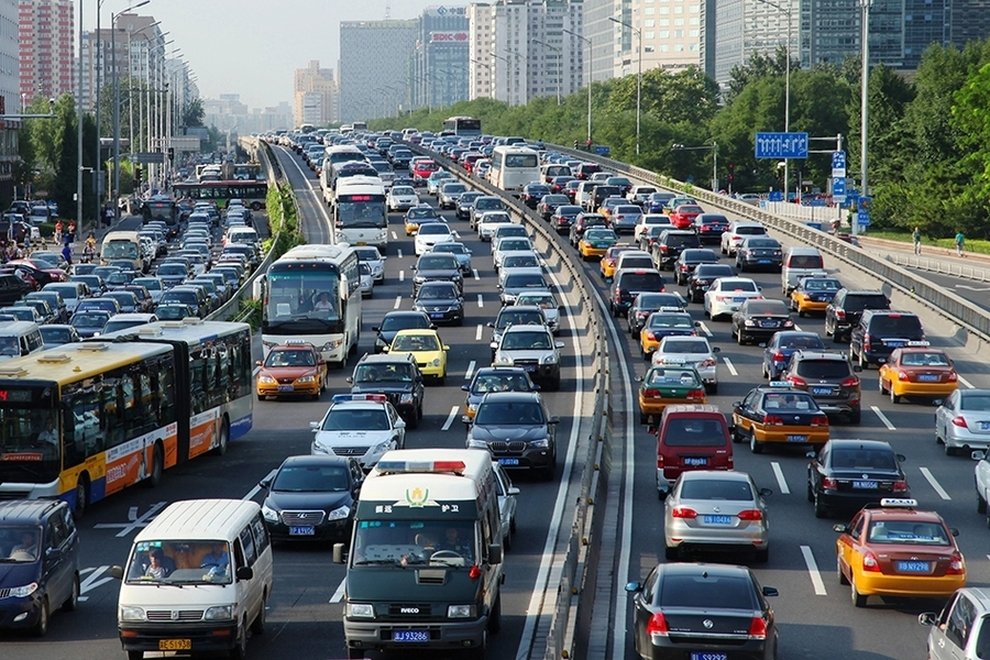
Experience in controlling personal vehicles in Tokyo and Beijing
(Dan Tri) – Transportation management strategies have been being perfected in large cities to reduce dependence on personal vehicles, as well as create safe cities and reduce air pollution.
In 1998, the parking permit system in Beijing, China was implemented.
In 2004, tax rates on motor vehicles, motorcycles, electric vehicles, tractors and agricultural trucks in China increased by 10%.
Beijing city with 22 million people often has traffic jams (Photo: News.mit.edu).
Starting in 2005, Beijing invested heavily to develop transportation.
Since 2007, a low-cost public transportation policy has been applied, reducing subway fares and reducing bus fares by up to 60%.
Just before the 2008 Olympics, Beijing implemented a regulation restricting vehicle license plates on the road.
The Chinese capital introduced a car quota policy in 2011 when it faced serious pollution and congestion, with 5 million private cars.
Meanwhile, in Tokyo, Japan, there are on average only about 45 cars for every 100 households, less than half the national rate of 106 cars/100 households.
First, a question is, why travel by personal vehicle when the public transportation system is so perfect?

The Shinkansen E5 commercial train on the Tokyo-Aomori route can reach speeds of up to 320 km/h (Photo: Dreamstime.com).
Second is the low speed limit, in the city, drivers can only drive at 40 km/h, when passing through electronic toll stations (ETC) on the highway, the speed must be reduced even more.
Third, taking a driver’s license test in Japan is a challenge.
Not only are they proficient in driving skills, students must also master the law because all are real situations, a mistake will affect the entire traffic system.


